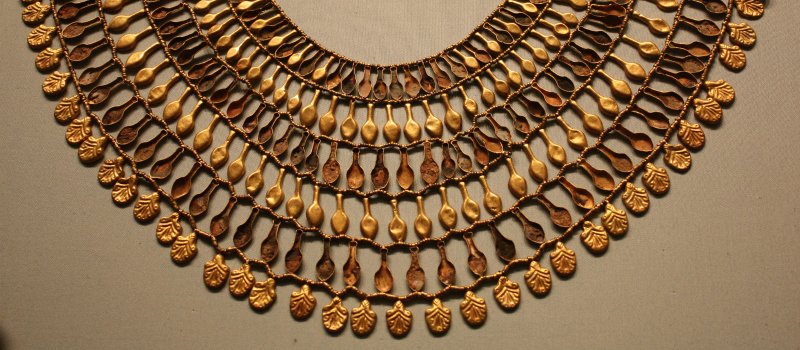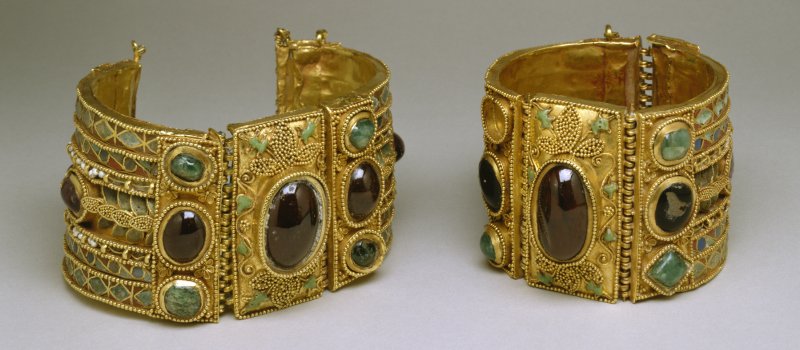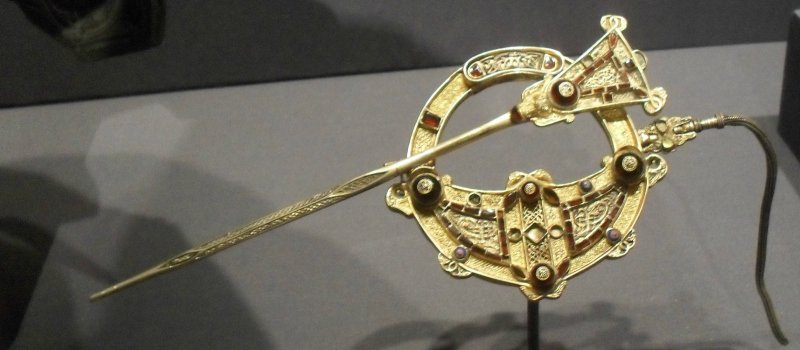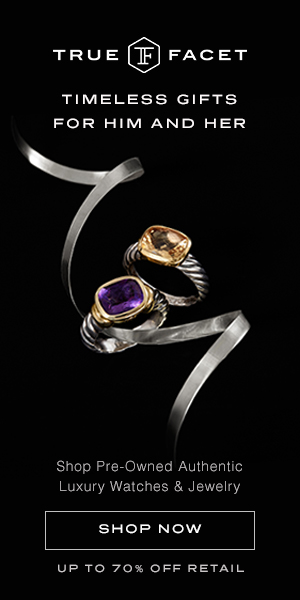Jewelry Making Through History
Jewelry is one of the oldest known artifacts from history, with the first discovered jewelry item dating back 100,000 years. Modern jewelry and jewelry making methods are the product of thousands of years or cultural exchange and technological development.
The first known examples of jewelry originated in Africa in the form of shell jewelry, like the use of snail shells and Ostrich egg shells, which have dated back nearly 75,000 years ago. Later, early jewelry was made from bone, teeth, stones and similar materials. Though evidence of jewelry existed, it wasn’t until 3,000-5,000 BC in Ancient Egypt that jewelry making was truly established. Gold was used in metalworking as early as 3,000 BC in Egypt.

Ancient Egypt, famous for the extravagant life of the Pharaoh, is known for its rich design, artwork and opulence. The use of bracelets, necklaces, collars and more all in gold aligns with the extravagance of the time. At the time, gold was mined from the the Nubian desert and, due to its malleable nature, was an easy metal to work with. The Egyptians also worked with lapis lazuli, glass and other semi-precious stones.

The Ancient Greeks also made use of gold in jewelry, but incorporated more precious stones. By 300 BC, the Ancient Greeks were using emeralds, pearls and more in their jewelry designs.
Eventually, Roman jewelry design would dominate the region due to the size and scope of the Ancient Roman Empire. The Romans popularly introduced the brooch as a functional accessory. They also used Sri Lankan sapphires, emeralds and amber. Rings were also a commonly work accessory by men and women in Ancient Rome. Men would wear a ring with an engraving to use for a wax seal when signing official documents.

After the fall of the Roman Empire, Europe continued to develop jewelry making. During the Middle Ages, amulets, clothing fasteners and signet rings were popular jewelry accessories. During the Renaissance, the increase of trade led to a dissemination of jewelry making methods and materials led to the prominence of gemstones and gemstone settings.
The 19th century saw a return to extravagance in jewelry making, this time using precious stones and matching suites. At this time, costume jewelry started to slowly emerge. The wealthy sought intricate and detailed jewelry designs to stand out from the new middle class, so an increase in commissioned one-of-a-kind pieces also increased.
In 1837, Charles Lewis Tiffany founded Tiffany & Co., bringing the U.S. to the forefront of jewelry making. Meanwhile, in 1847, Pierre Cartier founded Cartier SA in France and in 1884 Bulgari in Italy. These three jewelers remain the top and most notable fine jewelers in the world today.
Photo Credit: scottsdalefashionista.com / wikipedia.org / nyctalon.wordpess.com / egyptianhistory.libsyn.com/







